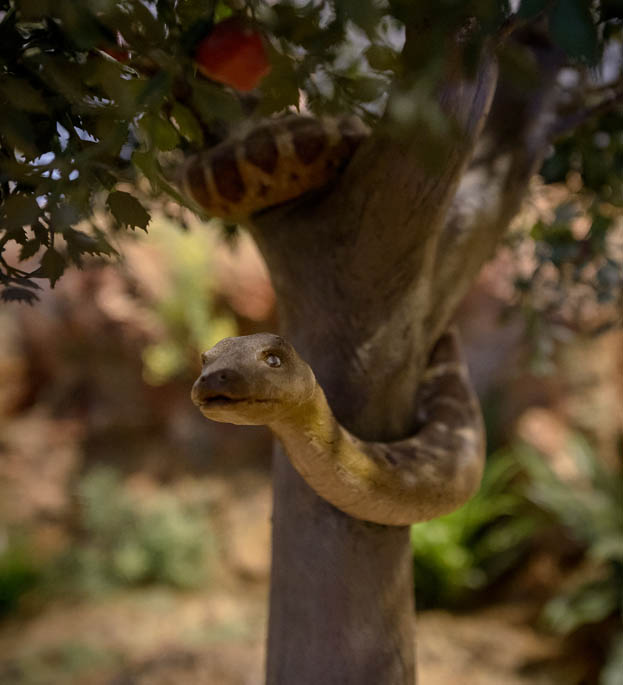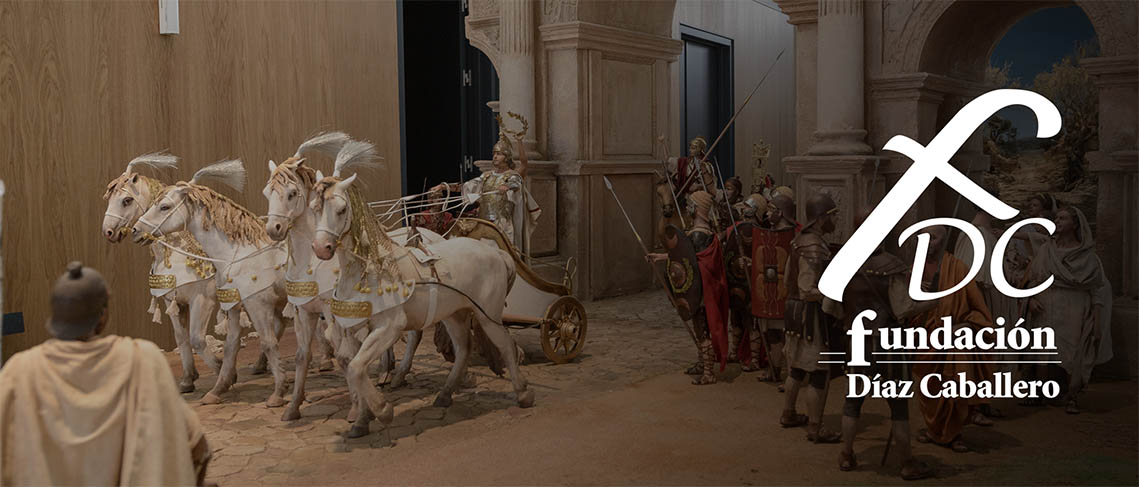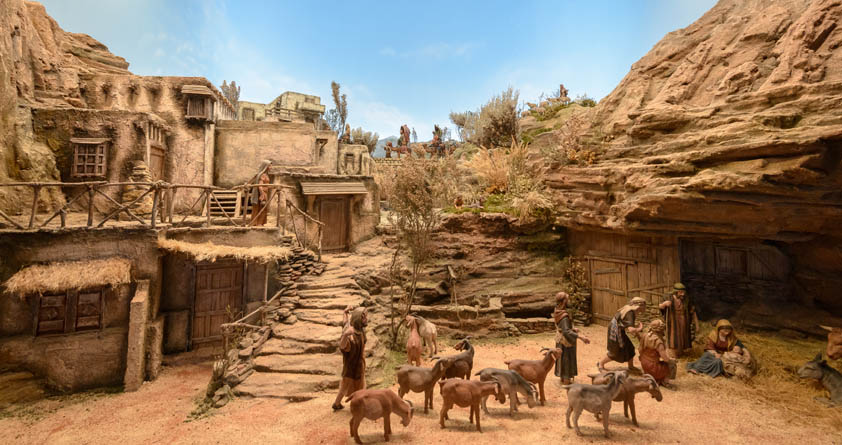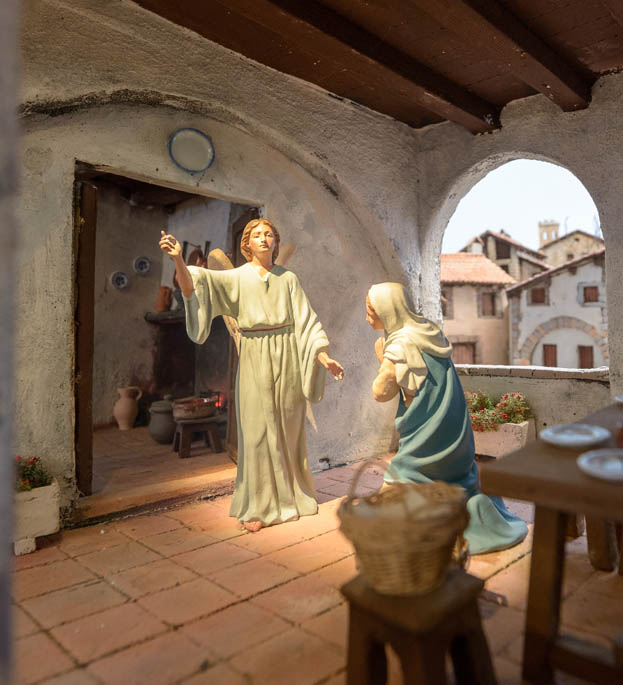
For more than a decade, the Foundation has been collecting cribs and nativity scenes from all over the world, although the largest representation is from Spain and Italy, countries with a strong tradition of making nativity scenes. But the museum also has a selection of exotic pieces brought from countries like India, the Czech Republic, Switzerland and Austria.
This project has been made possible thanks to the participation of hundreds of nativity scene makers who have donated their works and co-operated in an unselfish manner with the Diaz Caballero Foundation.







